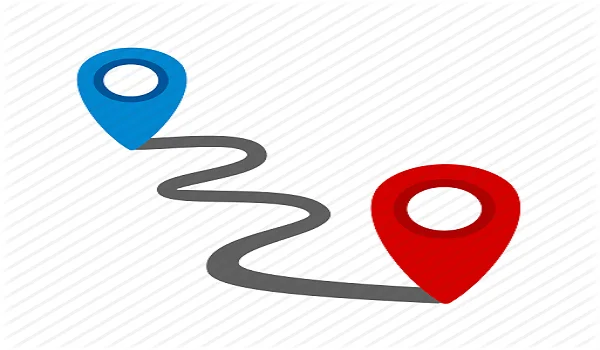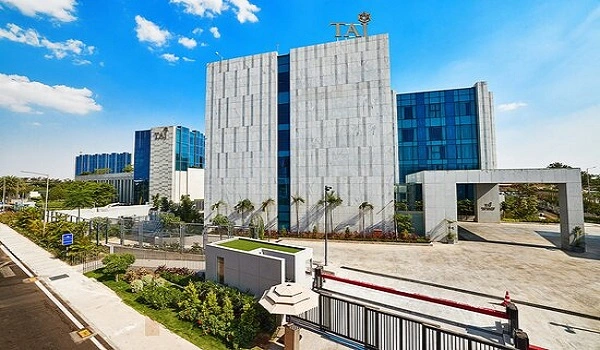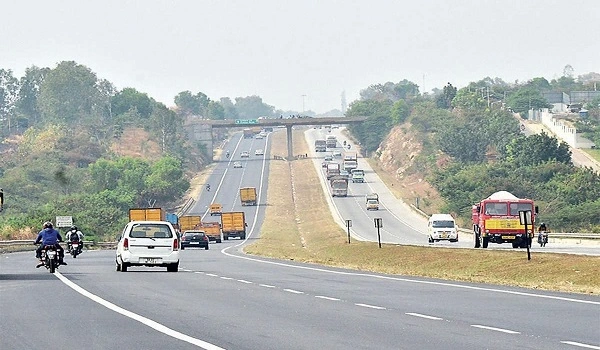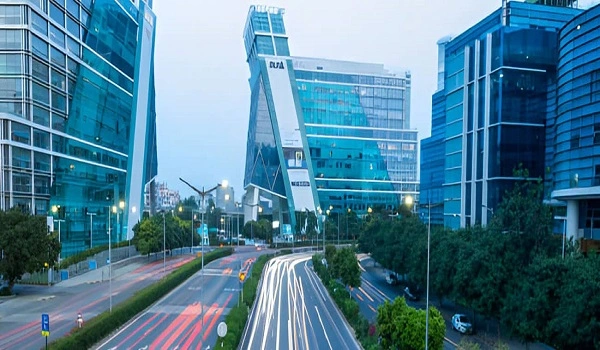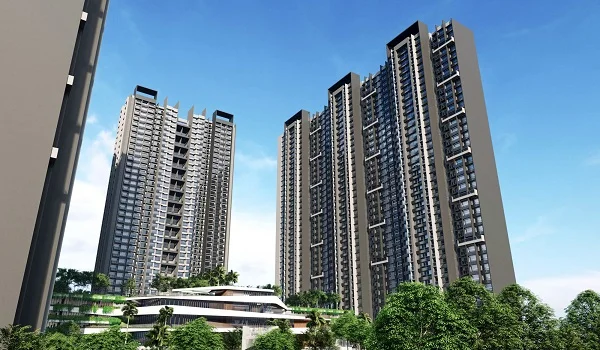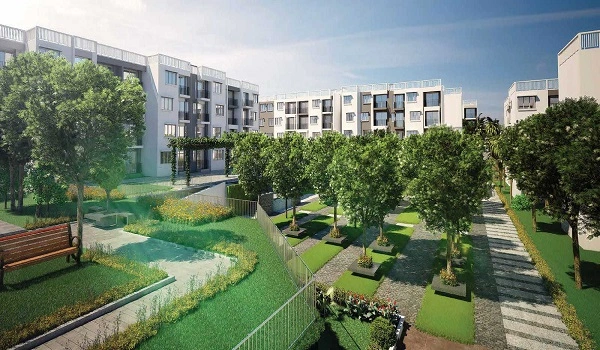What Is The Length And Width Of The Car Park? Godrej Msr City
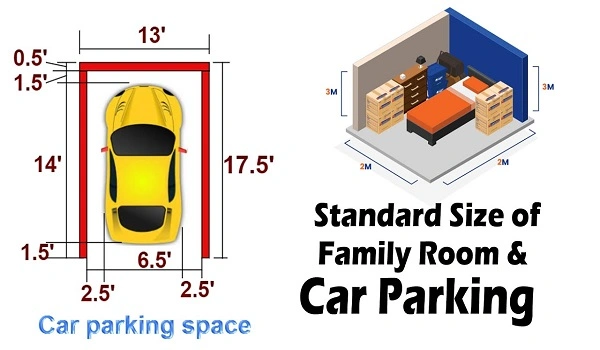
At Godrej MSR City, Shettigere, the size of your car bay shapes everyday ease more than most people expect. Length and width decide if you can glide in on the first try, open doors without brushing a pillar, and park an SUV without poking into the drive aisle. Because this is a multi-tower township with structured basements, dimensions are set tower by tower and shown on your parking allotment sheet. Most premium projects in Bengaluru follow a practical band that suits today's cars, then fine-tune circulation with sensible aisle widths and ramp angles. The goal is simple: a bay that fits your vehicle and a path that feels natural even on a rainy evening.
Every project publishes its own drawings, but real-world practice in structured basements usually sits in these ranges:
- Standard single bay: around 2.5–3.0 m (width) by 5.0–6.0 m (length)
- Accessible bay near lifts: around 3.6 m (width) by 5.0 m (length) plus a side transfer zone
- Tandem bay for one apartment: two car lengths in line, roughly 10.0–12.0 m end to end
Think of the 2.5–3.0 m width as the shoulder room your doors need, and the 5.0–6.0 m length as the nose-to-tail space that keeps your car clear of the drive aisle. Larger SUVs feel happier when the marked length is closer to 5.5–6.0 m and pillars are kept out of the door swing.
Single covered bay. This is the common option across towers. It is sized to fit most hatchbacks, sedans, and mid-size SUVs with a little spare room to step out comfortably.
Tandem bay. Two slots in a straight line. It saves space in the plan but works best when both cars belong to the same family, since one blocks the other.
Accessible bay. Wider than a regular slot and located close to the lift lobby, with a clear side zone for wheelchair transfer. If you need this, ask for the exact width and the marked transfer area on your floor plan.
EV-ready bay. The stall size doesn't change much, but you'll want a safe cable route, a protected charger point, and meter location nearby. A bit of extra side clearance is useful when you're handling the charging gun.
Bay dimensions are only half the story. The other half is the movement envelope around them. Here's what to look for:
- Aisle width. Wider aisles reduce three-point turns. In structured parking you'll often find aisles that comfortably allow one clean swing into a 90-degree bay.
- Turning radius. Curves near ramps and columns should allow long-wheelbase cars to loop without scraping.
- Ramp gradient. Gentle slopes keep bumper lips safe and make rainy-day driving quieter.
- Pillar offsets. The best bays keep columns slightly back from the door opening zone, so you aren't squeezing out.
Even if a bay meets the numbers on paper, these four details decide whether the space feels easy day to day.
Godrej MSR City is a 62-acre township with multiple towers delivered in phases. Each phase carries its own approved basement drawings. Your precise bay size is set by:
- Tower and phase you're booked in
- Bay type offered to your unit (single, tandem, accessible, EV-ready)
- Location within the basement relative to pillars, ramps, and the nearest lift core
Ask the sales desk for the parking allotment extract that shows your bay number, marked length and width, and a small key plan of the approach path. Keep a copy with your agreement papers.
- Compact hatchback: Fits comfortably in the lower end of the range. Door comfort improves as width approaches 2.7–3.0 m.
- Mid-size sedan: A 5.2–5.5 m length feels natural, especially if a pillar sits at the nose.
- Mid to large SUV: Look for 5.5–6.0 m length, and check door swing if there is a column close to the line.
- Two cars in tandem: Confirm the total marked length. You want extra room for a clean door opening after both cars are parked.
These are practical cues, not legal limits. Your binding numbers are the ones printed on your allotment plan.
- Measure the paint-to-paint width of your bay. Then check pillar face to pillar face to see the usable door zone.
- Check marked length from the inner line to any wall or curb stop. Park once, then confirm the car doesn't project into the aisle.
- Open both front doors fully with the car centered. If a pillar is close, ask for corner guards to be installed.
- Do a slow entry and exit from your intended approach lane. Make one natural swing and one tighter swing to see if both work cleanly.
- Walk the route to the lift. You'll use it daily with bags or a stroller, so proximity matters more than you think.
Take a few photos and mark measurements on your plan. It makes future conversations simple.
- Is there a dedicated power point at the bay or a shared EV panel on the aisle wall
- Who pays for the charger hardware and cabling
- How will energy usage be metered and billed
- Any society rules on charger brands or safety cut-offs
Getting these answers now saves a retrofit later.
Will every bay be exactly the same size across towers? Not always. Sizes can shift slightly with structure and columns. Use your phase-specific allotment plan for the final numbers.
Can I request a different bay if mine feels tight? You can ask while inventory is open. After handover, swaps are subject to association rules and availability.
Is a tandem bay right for me? Great if both cars are yours and you don't mind moving one to take the other out. If you head out at different times daily, a single independent bay is easier.
For Godrej MSR City, plan around a practical band of 2.5–3.0 m in width and 5.0–6.0 m in length for a standard car bay, with larger sizes reserved for accessible slots and total lengths stretched for tandem allotments. Then confirm your exact figures on the parking allotment extract for your tower and phase. If the numbers, aisle widths, and pillar offsets feel easy during a short on-site test, you've got a car park that will work smoothly for years.


